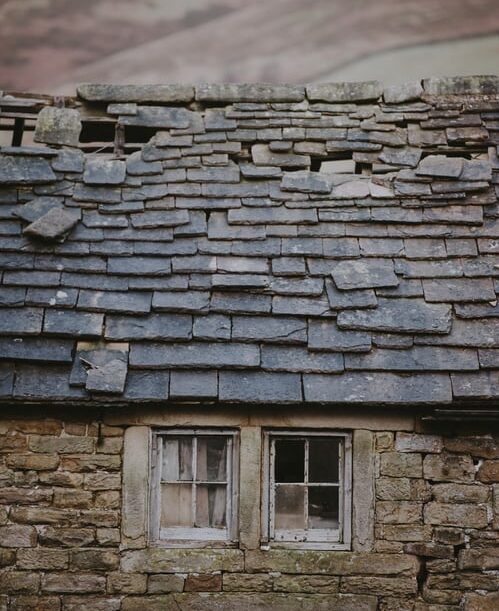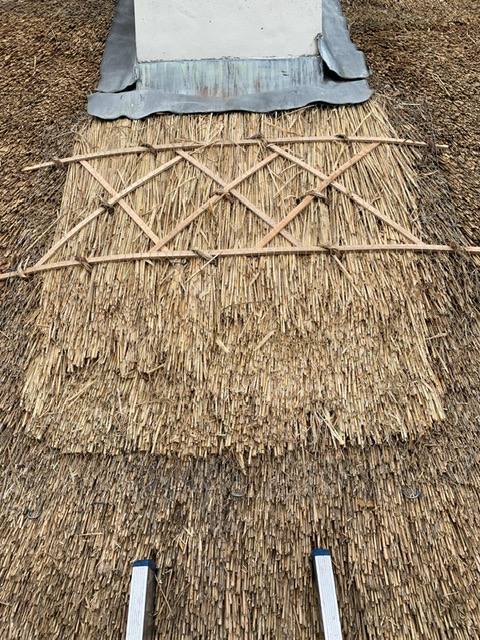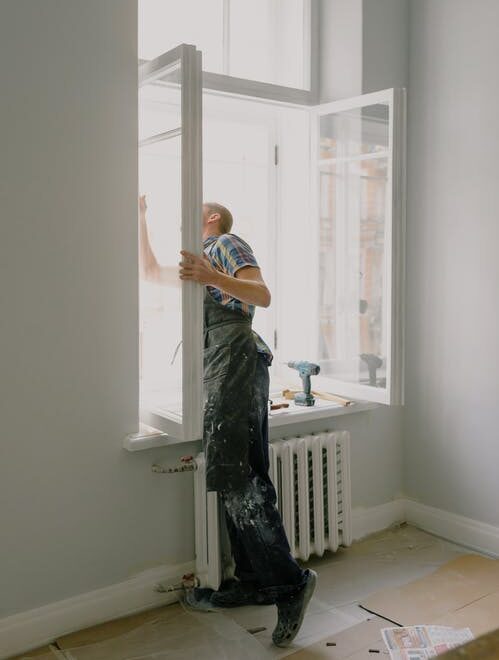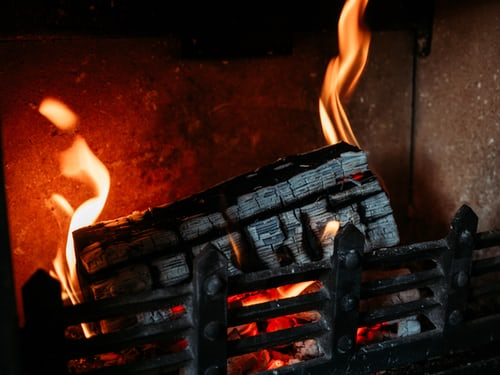How can you increase your thatched roof lifespan?


Owning a thatched home with a thatched roof depends on several factors. This article explores various ways you can maintain and look after your roof and thatching material to potentially increase your thatched roof lifespan. We also look at other areas of your property which could need care and attention to increase the life expectancy of your heritage home.
Owning a thatched home means you’re a guardian of UK heritage. It also gives you the opportunity to live in a historic home steeped in memories and aesthetic features that are one of a kind. Obtaining appropriate thatched insurance is an important aspect of living in a thatched property. Proper maintenance of your home will enable you to mitigate the risk of having to make an insurance claim for damage or destruction and preserve the piece of heritage in your care.
Firstly, let’s look at the lifespan of a thatch roof and how long does a thatched roof last for? According to the National Society of Master Thatchers, a thatched roof that is under regular maintenance typically lasts 25 to over 35 years, depending on the type of reed used. Combed wheat reed and long straw are usually less durable than water reed, which can last over 40 years. The central ridge of a thatched roof will usually last between 10 and 15 years because of its straw construction.1
A well-maintained thatched roof which is constructed from quality materials can enhance your thatched roof lifespan. Keeping a close
eye on it, especially in harsh weather conditions can help it last for decades.
Look for any signs of moss or dark patches as both can be signs that water isn’t draining well or that your thatch needs repair. Is the wire netting loose anywhere? This can be a sign that the thatch is beginning to age. Pay particular attention to the ridgeline and area around any chimneys, these areas can need replacing more than others.
Tiles
Step back from your house and study the tiles. Have any tiles shifted out of place? Can you see any cracks or chips? Are there signs of moss build up? Top Tip: It can be useful to use binoculars or a drone, to be able to zoom in and study any particular areas of concern.
Is the bird guard still safely secured? Are there any signs that the mortar is wearing? Check the bricks of the chimney stack paying particular attention to the side that faces the prevailing wind.

Look for any signs of moss or dark patches as both can be signs that water isn’t draining well or that your thatch needs repair. Is the wire netting looking loose anywhere? This can be a sign that the thatch is beginning to age. Pay particular attention to the ridgeline and area around any chimneys, these areas can need replacing more than others.

For those of you with windows beginning to rattle in their wooden frame you can easily fix any gaps in the timber with caulking. This will help prevent drafts and as an added bonus reduce your heating bill! Painting the joinery and treating the hardwood is an essential part of your maintenance routine to keep weathering at bay.
If you have a heritage home with lead windows, it may be advisable to get an expert in. Working with soldering and some toxic materials isn’t for the untrained, particularly if your home is listed. If you need further advice on this, please give us a call.

Blocked gutters can unfortunately lead to damp ingress, so it is important to get your gutters cleaned out of any debris that is likely to have collected over the summer period. Investing in a wire balloon or leaf guard can prevent leaves from clogging the downpipes.
If you have a heritage home your cast-iron pipework will require regular painting to prevent rust.
Clearing the way for water to run freely is the main aim as the seasons change. Ground level drains should be free from weeds, leaves and debris to avoid water build-up which can lead to damp, and in a worst-case scenario – subsidence!
With the first frost on its way it’s essential to lag any outside taps and pipework. Burst pipes during the winter months can be avoided by ensuring they are given extra protection against the elements.

When did you last have your boiler and heating system serviced? An annual check-up will give you peace of mind that all is running smoothly for the future colder months.
It’s time to book in your chimney sweep who will ensure the flue is free from birds’ nests and debris before you lay the first fire of the season.

Just a helpful reminder that when burning garden waste, it is good practice to be at least 50 metres away from your home. (Thatch homeowners need to remember this is very likely to be a policy condition so please take extra care.) Having buckets of water and/or a hosepipe to hand is also advisable. It is also worth remembering that burning any material that will have fly away embers is high risk if you own a thatched roof. at least 50 metres away from your home.